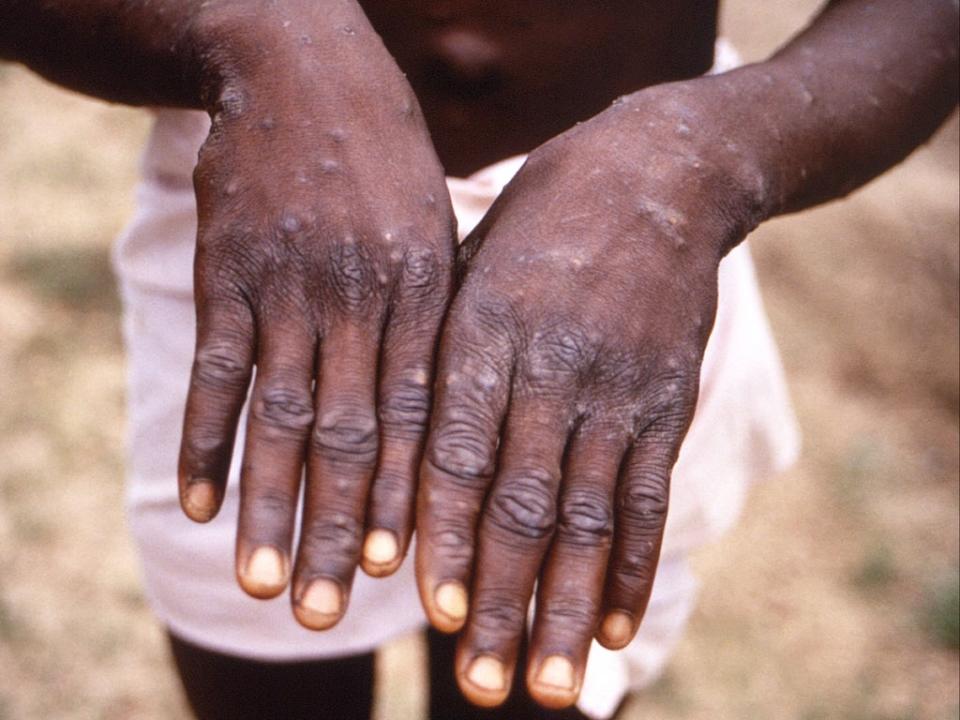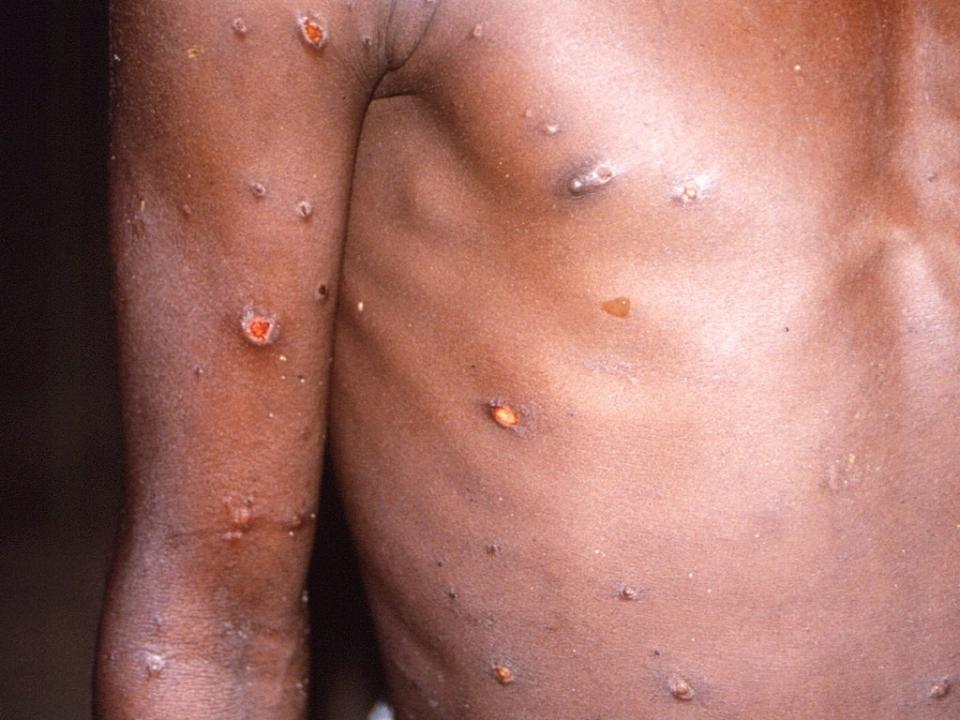Monkeypox in Massachusetts: Where is the disease and will it spread in the US?

Monkeypox has arrived in the United States, authorities have said, after a Massachusetts man was hospitalised with the infectious disease.
It is the first known case recorded by US authorities since monkeypox began infecting persons in countries including the UK, Spain and Portugal in recent months.
The US is working with European counterparts to investigate whether or not the Massachusetts case is connected to the small, but significant, outbreak there.
Because the disease is rare and more commonly found in central and western African countries, the infections in Europe and the US have raised alarm, however.
Here’s everything you need to know about the outbreak and what may happen next:
How was the 2022 monkeypox case caught?
The man who was hospitalised in Massachusetts had returned from visiting friends in Nigeria in early May, the CDC and the Massachusetts Department of Public Health (DPH) said.
His case was confirmed on Wednesday and health authorities have worked to identify individuals who may have been in contact with the man while he was infectious.
The man had recently returned from Canada, and according to the CDC he travelled in a private vehicle.
What are the symptoms?
Monkeypox comes from the same family of viruses as smallpox, and presents itself as a fever, headache, muscle aches, and exhaustion. It can also present itself as a rash that begins on the face.
The CDC says “the main difference between symptoms of smallpox and monkeypox is that monkeypox causes lymph nodes to swell (lymphadenopathy) while smallpox does not.”
A few days into the infection, skin may appear like chickenpox or syphilis, and will fall off after scabbing.
Monkeypox can take anywhere between five and 21 days to after exposure to cause illness, and typically lasts up to four weeks.
Why is monkeypox spreading?
Monkeypox is spread through close contact between humans with an infection, and according to the CDC is primarily through large respiratory droplets.

Because respiratory droplets cannot travel more than a few feet, prolonged face-to-face contact is required, the agency says. Rodents have been blamed for spreading cases in central and west Africa, in situations where people are bitten or scratched by an infected animal.
Jimmy Whitworth, a professor of international public health at the London School of Hygiene and Tropical Medicine, told The Associated Press that the resumption of international travel following Covid-19 was partially responsible for the recent cases in the US and Europe.
"My working theory would be that there’s a lot of it about in west and central Africa, travel has resumed, and that’s why we are seeing more cases," said Mr Whitworth.
Another theory issued by Anne Rimoin, an epidemiology professor at UCLA in California, was that the eradication of smallpox in Africa and the phasing out of vaccinations had allowed monkeypox —which had been targeted with the same vaccine — to spread easily.
An international investigation into the outbreak of cases is ongoing.
What happens now?
The US Centres for Disease Control and Prevention (CDC) has said it is preparing for the “possibility of more cases,” in the US following the confirmed monkeypox case in Massachusetts.
Health authorities have said however that the individual — who is in isolation — poses no risk to the public and is in a good condition in hospital.
Has the US had monkeypox before?
Yes, there were two cases in the US last year, which were found in Texas and Maryland.
Both cases were connected to US travellers to Nigeria by the CDC, who said the cases were from a strain of monkeypox first detected in the west Africa country in 2017.
A shipment of animals from Ghana, also in west Africa, were responsible for a 2003 outbreak in six states — Illinois, Indiana, Kansas, Missouri, Ohio, and Wisconsin.
The outbreak resulted in 47 confirmed cases and according to the CDC was the first time monkeypox had been reported outside of Africa.
Where else has monkeypox been reported recently?
Authorities in a handful of European countries have announced Monkeypox cases in recent months, with nine confirmed in the UK, five in Portugal and 23 potential cases in Spain.
In a recent update, the UK government said at least two of the cases “have no travel links to a country where monkeypox is endemic, so it is possible they acquired the infection through community transmission.”

The first seven cases were connected to travellers from Nigeria, like with the 2021 cases recorded in the US, while the more recent cases were found “predominantly in gay, bisexual or men who have sex with men”.
Eight of the Spanish cases have also been connected to men who have sex with men, while in Portugal a group of 20 potential monkeypox infections were all among men, authorities have said.
In Spain, the cases have been restricted to the area in and around the capital, Madrid, and in Portugal authorities say the infections have been limited to the Lisbon and Tagus Valley region.
Is there a cure?
There is no specific cure for monkeypox, which was first recorded in 1970 in the Democratic Republic of Congo.
In the US, the smallpox vaccine, antivirals, and vaccinia immune globulin (VIG) can be used as potential treatments, the CDC says.
While most people recover from monkeypox within weeks, for one in 10 people the disease can be fatal, the World Health Organisation says.

